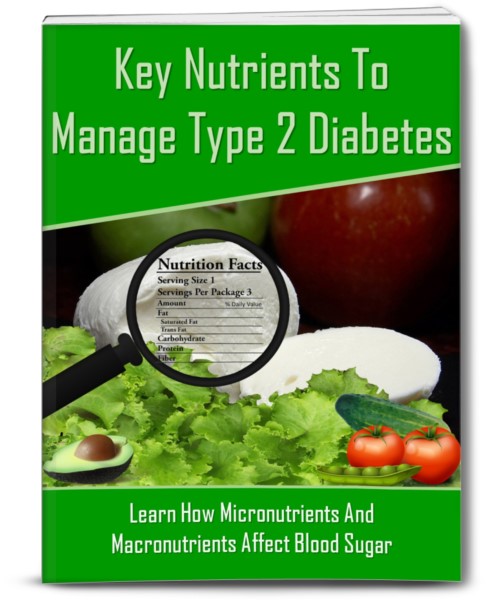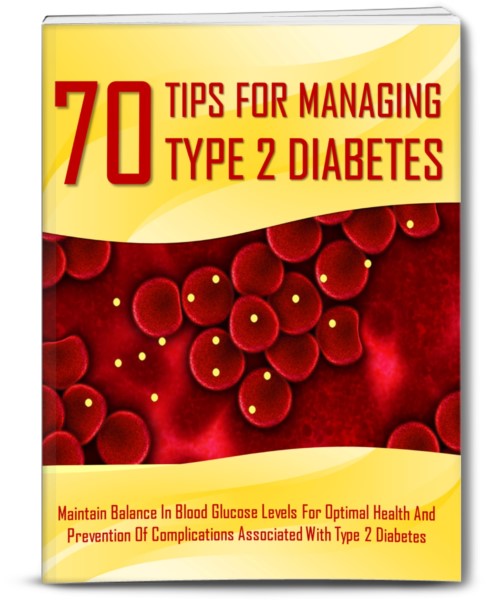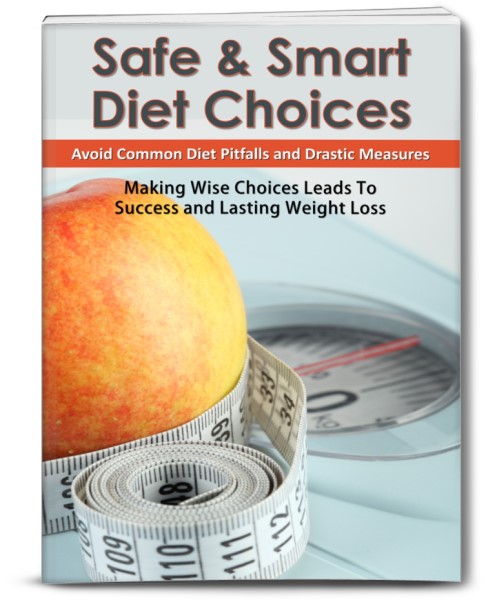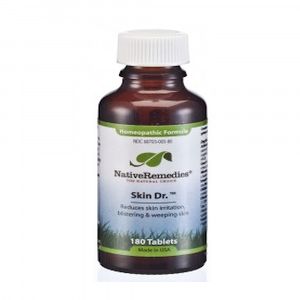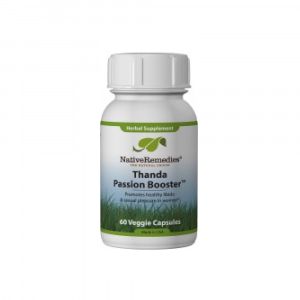Can Diet Reverse Type 2 Diabetes?
Type 2 diabetes is a very complex disorder. It begins with a cellular resistance to the protein called insulin that has, as its purpose, the putting of glucose from the bloodstream after being absorbed by the digestive system, into the cells of the body to be used as fuel. If the cells don’t respond, the blood sugar increases and this eventually does damage too many parts of the body.
There is no cure for type 2 diabetes and once you have developed the propensity for the condition, you will always have it. Medications are available that can directly increase the output of insulin from the pancreas. There are also medications that can reduce the cellular resistance to insulin, allowing more glucose to be absorbed by the cells.
Can diet alone manage type 2 diabetes?
In mild to moderate cases of type 2 diabetes, diet alone can improve the glucose numbers so that there can be fewer or no complications of the condition. This involves adopting a diet high in fiber, complex carbohydrates and balanced proteins that keep the natural influx of glucose from the digestive system to the blood stream stable and without a great deal of peaks and valleys.
A diet designed to keep the body mass index or BMI in the normal range can improve the situation of diabetes. This means eating fewer than about 2000 calories per day to lose weight gradually. The loss of weight improves the situation of insulin resistance and diabetes is effectively managed. Is it cured or even reversed? No, the better word for it is that it is managed. If you go off a weight loss diet plan or gain weight, you can redevelop high blood sugar and the complications of diabetes.
How can you get started on a better diet for diabetes?
If you haven’t already done so, you should make an appointment to see a nutritionist. Learn about the number of calories you need to eat per day to keep a normal, stable weight. Find out about exchange lists.
Exchange lists have been developed for diabetics in order for the diabetic to have as diverse a diet possible within a certain range of allowable amounts of carbohydrates, protein and fats. The lists give you groups of food that have about the same amount of these macronutrients in them. For example, you can exchange a half cup of corn with a half cup of mashed potatoes in any given meal. There are exchange lists for fruits, starchy vegetables, other vegetables, meats and fats. Exchange lists make it easier to plan a wide variety of meal plans that are good for the management of your diabetes.
The American Diabetes Association recommends the plate method, where an imaginary line divides a plate to contain 50% non-starchy vegetables, 25% lean protein and 25% starches and grains. This is a hands-free method that allows for any approach to a healthy diet. As indicated vegetables should make up the bulk of diet as they are nutrient dense foods that are low in calories and high essential vitamins, minerals, antioxidants and fiber that help to stabilize blood sugars.
If you are on medication for diabetes, do you have to follow a diet?
Ideally, a person should be screened early for diabetes before medications are necessary. Then diet alone can keep the weight down and keep the diabetes in check. If this is not possible, medications need to be added. When this happens, however, it doesn’t mean that you can fall back to old ways and patterns of eating. This will only counteract the beneficial effects of the medication, possibly necessitating even more medicine. It’s best to become very efficient at coming up with proper dietary choices when suffering from diabetes and to combine these choices with medications that can contribute to excellent blood sugar numbers.
No diet plan will make you a non-diabetic. Changes in your diet, weight, and exercise can strongly affect the glucose readings you get off your glucometer and can alter your risk of complications and for this reason, you should try to be on your best behavior when it comes to your diabetic meal plan.
Medical Care
It’s important to keep regular doctor visits and get regular Hemoglobin A1C blood tests (to check blood sugar percentage) as prescribed. Home blood glucose monitors can be used on a day to day basis to monitor blood glucose to make sure it is in healthy ranges. Normal fasting blood glucose is 70 to 130, and less than 140 2 hours after a meal. The target blood glucose is typically 70 to 130.








